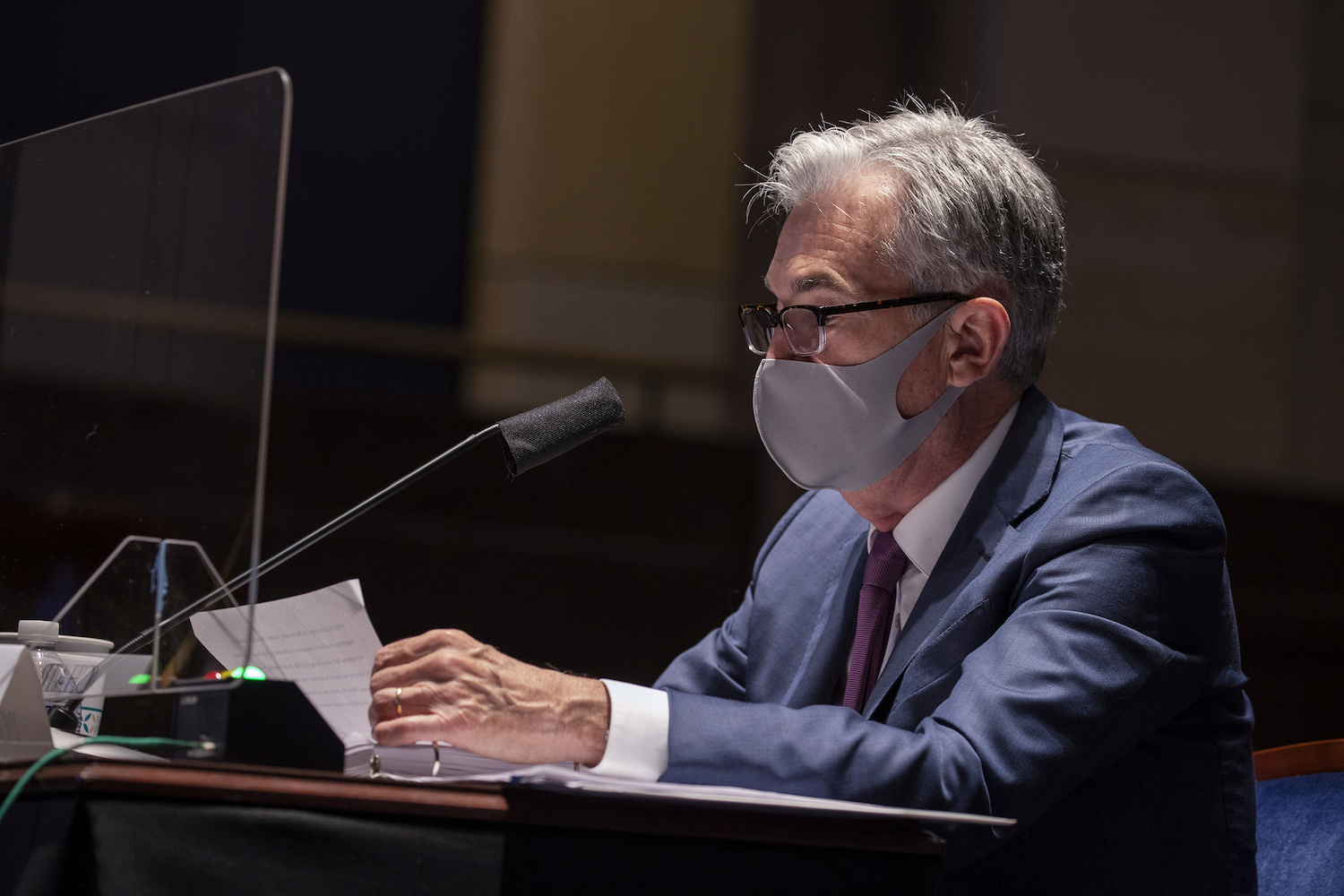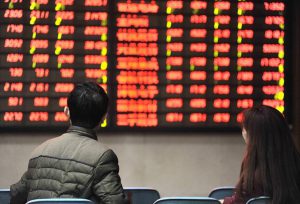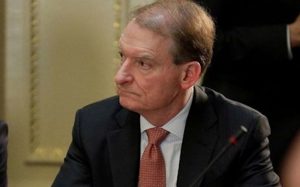(ATF) This week, the rise in US bond yields triggered a market hiccup and reversed stock gains accumulated over February. Among the more spectacular corrections, Tesla fell 23.5%, the Ark Innovation ETF fell 16.7% and Bitcoin fell by a similar amount.
However, mega-cap technology stocks, gold and silver weakened and even the Australian dollar and the euro joined the global sell-off from Thursday.
All assets were spooked by a repricing of Federal Reserve rate hike expectations despite Chairman Jerome Powell’s initial calming words in his testimonies to the US Congress. Unlike the gradual rise in nominal yields since the beginning of the year, more recently, “real” yields on inflation-linked US Treasuries also rose from their record low levels.
Also on ATF Today
- Stuck in the EV chip traffic jam
- White House set to apply Trump rule on Chinese tech
- China tests cross-border digital currency links
Furthermore, while the rise in yields was concentrated in longer maturity debt, this week saw rates increase in the front and middle part of the US curve. The lack of appetite for middle maturity bonds was highlighted by a very poor auction of US seven-year bonds with far fewer buyers than usual.
Suddenly higher yields in the “belly” of the yield curve contradicted the widely held view, forged by Fed communication, that yields would stay low for a very long time thanks to policy rates close to zero or even a further increase in bond buying.
By Thursday, the US bond market started to show signs of illiquidity and high volatility, spreading fear to the rest of the global financial markets.
Calmer volatility
As Powell mentioned, higher yields reflect better growth prospects and should be a sign of progression towards a post-pandemic recovery — but many parts of the market have been relying on hope for “zero interest rates forever” to justify their lofty valuations.
When the discount rate is close to zero, even companies with low or no profits but with expected profits far in the future look attractive.
A sharp and volatile rise in bond yields questions the “zero interest rates forever” hope just as it did during the “Taper Tantrum” in 2013 when Ben Bernanke brutally shattered expectations for persistent quantitative easing (QE forever).
We expect this bond volatility to calm down, either helped by asset allocators increasing bond positions in a new month as they rebalance their portfolios or Jerome Powell, who speaks again this week.
A 1.5% Treasury yield can be tolerated by investors but we need to see a return to stability.
However, if the bond market continues to be volatile with yields rising at a similar rate to this week, we could see 1.75% by the end of the week, and that would further exacerbate the global asset correction and a flight back to the US dollar.
Higher yields and a stronger US dollar would have worldwide repercussions especially in Emerging Markets.
To manage a gradual rise in yields rather than a disruptive jump, the Federal Reserve needs to shift its communication strategy.
By pricing rate hikes starting by early 2023, investors are expressing their scepticism about the extent of Fed patience in an environment of very expansionary fiscal policy. Talking down the extent of the recovery might not be enough to convince investors.
The Fed is not yet ready to announce a yield curve control policy where they buy Treasury bonds to keep yields within a desired band. However, Fed officials might need to clearly communicate the sequence for a gradual exit path from Pandemic policies. This would help anchor yields around current levels and remove some of the disruptive volatility.
- Rajeev De Mello is an experienced bond investor and chief investment officer based in Singapore. He was Chief Investment Officer for Bank of Singapore and was head of fixed income for the Asian operations of various global asset managers. He now runs his own consultancy firm, Deep Learning Investments.
























